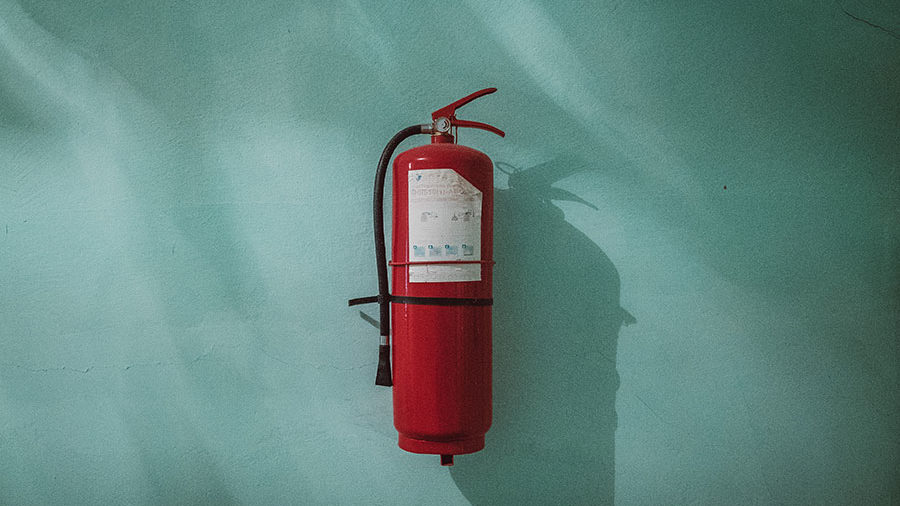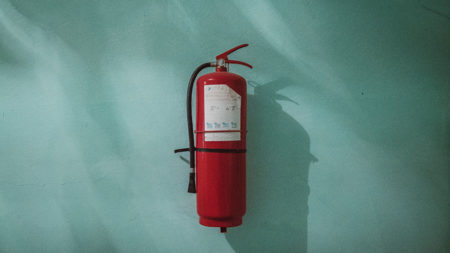Emergency funds are a crucial piece of your financial health—find out why.
An emergency fund is money set aside for an emergency, often in a separate bank account of its own.
And by emergency, we mean emergency. These funds aren’t meant for sporadic retail purchases, last-minute birthday gifts, or your mortgage. Instead, things that might warrant dipping into your emergency fund include:
- Medical emergencies
- Losing or leaving your job
- Major car or household repairs
- Getting evicted
Life happens—and there isn’t always an inexpensive fix. You can thus think of your emergency fund as a financial safety net for when the unexpected happens.
So how much should I have in my emergency fund?
Here’s a good rule of thumb:
Your emergency fund should equal six months of your monthly living expenses.
Financial experts give varying answers, but generally advise an amount equal to three to eight months’ worth of living expenses. Of course, it may also depend on your individual financial circumstances.
Struggling to calculate the exact amount? Use a budget calculator to total up your monthly expenses. Don’t forget to account for:
- Rent
- Water, electricity, and other utilities
- Phone bill
- Insurance
- Transportation expenses, whether that’s parking, gas, or public transit
- Groceries
- Dining out
- Entertainment, e.g., how much you typically spend on drinks, watching movies, or taking part in any other recreational activities
- Clothing
- Any regular subscriptions, like Netflix, gym memberships, or magazines
Then multiply this amount by six to find out how much your emergency fund should have at a minimum.
Just starting out with saving?
Not to worry! Building up your fund isn’t meant to happen overnight.
If the thought of putting aside six months’ worth of living expenses is overwhelming to you, start out with a more modest savings goal of $500. Or, aim for saving a smaller amount per week or month. Breaking your emergency fund into bite-sized micro-goals will make the saving process less intimidating, and it’ll easily add up over time.
Where should I keep my emergency fund?
Since this money should be readily available when the unexpected happens, your emergency fund should be easily accessible. That means you should keep it in a highly liquid account, like a savings account or money market account. These accounts allow you to withdraw money fairly quickly, unlike 401(k)s and IRAs, which require that you reach the qualifying retirement age.
Why not my checking account?
Your emergency fund should be easily accessible, but your checking account’s definitely not the place to keep it. Though you may have iron willpower, it’s not worth tempting yourself when an expense that doesn’t qualify as an emergency arises.
Moreover, if you opt to keep your fund in a high-yield savings account, you can reap the rewards of interest rates that are higher than those found with a standard savings account. That means modest but better-than-nothing returns, compared to nothing from a checking account.
What about debt?
Perhaps you’re saddled with student loans or credit card debt, in which case you may wonder: Should I put extra money towards my debt instead of building an emergency fund?
There’s no clear-cut answer, as debt comes in all shapes and sizes. However, most financial experts agree: you really should set aside money for an emergency fund.
The point of having this fund is to serve as a financial buffer when the unknown happens. Imagine being involved in a sudden car crash—how would you take care of any injuries, vehicle repairs, or post-accident transportation? An emergency fund is intended to safeguard you from such incidents.
Of course, it also doesn’t have to be one or the other.
You can continue making monthly loan payments while simultaneously saving money for your emergency fund. Again, you don’t have to build that emergency fund overnight—start out small, based on what your budget allows, to establish a basic fund first.
Did we cover all of your emergency fund questions? Ask away if you need any clarification!





